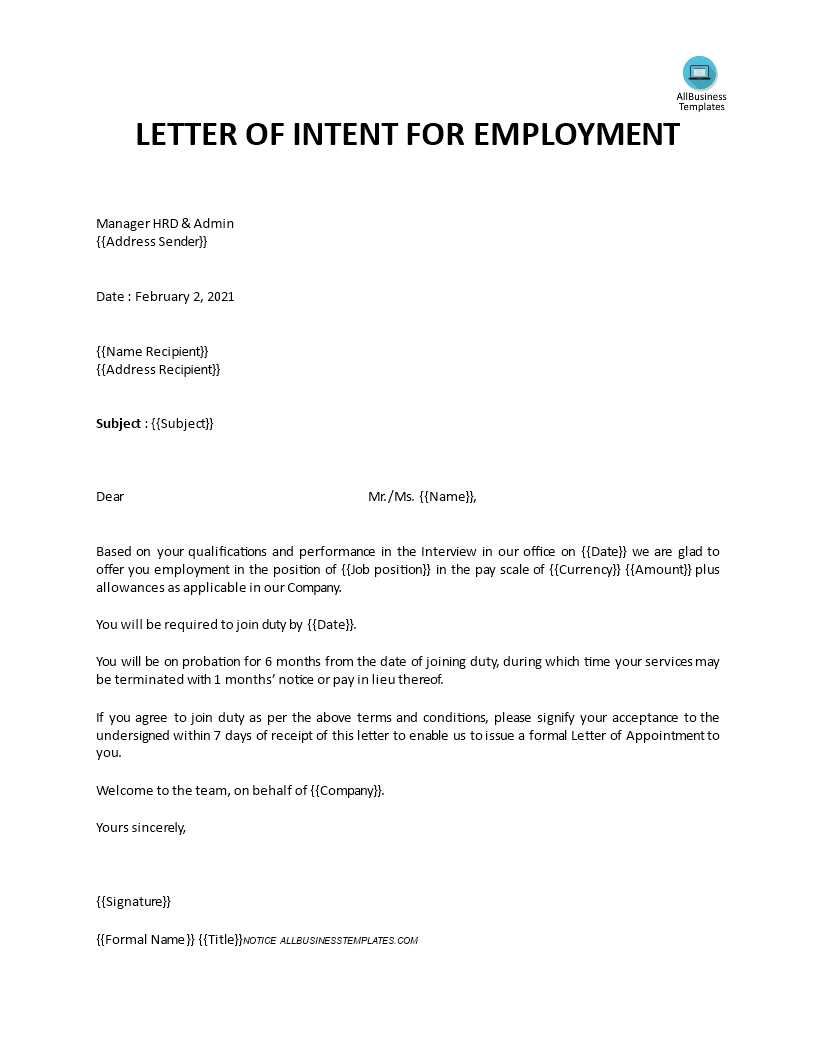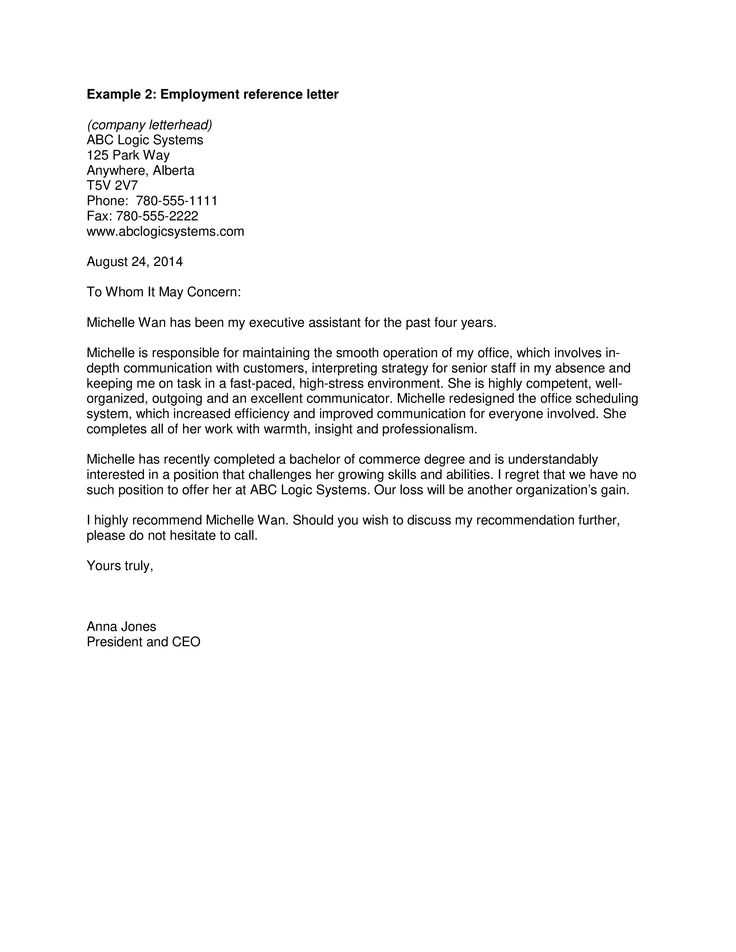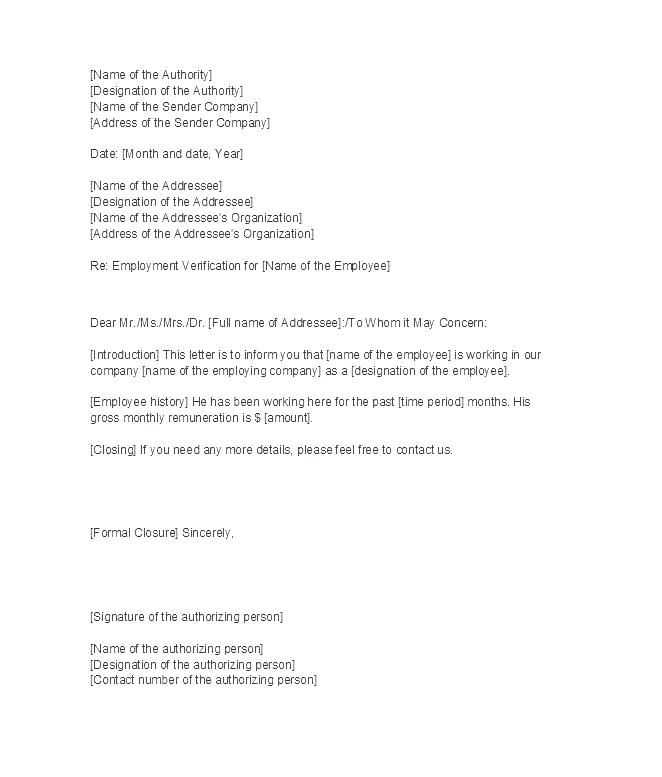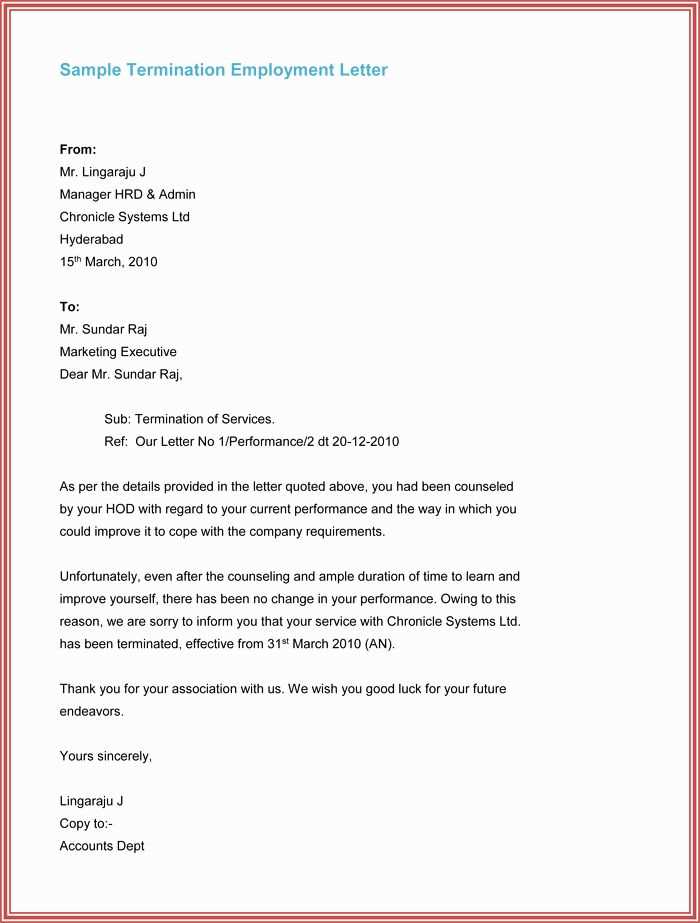How to Write an Employment Letter Template

In many situations, individuals may need a formal confirmation of their work history or current role. Such a document plays a crucial part in various administrative processes, from securing loans to verifying qualifications for a new position. Knowing how to properly draft this kind of communication ensures clarity and professionalism.
A well-constructed document serves multiple purposes, including outlining job responsibilities, confirming employment dates, and establishing an individual’s role within a company. It can be adapted for various uses, whether for personal or legal reasons, and should reflect the organization’s standards.
Mastering the structure and language of this type of communication not only ensures its effectiveness but also enhances the credibility of the person issuing it. A clearly written confirmation fosters trust and avoids misunderstandings in any situation where formal proof of employment is required.
Understanding the Purpose of Employment Letters
Documents confirming professional involvement hold significant value in a variety of contexts. They are used to verify an individual’s work history, establish the nature of their duties, and confirm their tenure at an organization. These records are crucial for both the individual and the employer, as they ensure clear communication and offer validation when required.
Such confirmations serve as essential proof for applications, contracts, or official requests. They are often required for securing loans, renting properties, applying for visas, or confirming eligibility for certain benefits. This type of document is not only a formal necessity but also a way to demonstrate transparency in professional relationships.
| Purpose | Context of Use |
|---|---|
| Verification of Employment | Loan applications, visas, housing |
| Job Role Confirmation | New job applications, promotions |
| Proof of Tenure | Insurance claims, legal matters |
| Salary Details | Bank applications, tax filing |
Ultimately, these formal communications strengthen the professional standing of an individual by providing verifiable proof of their career achievements and status. They serve as key tools for smooth transactions between the employee, employer, and external parties who require this information.
Key Elements to Include in the Letter
For a document that confirms a person’s professional status, it is important to include specific information that provides clarity and credibility. The right details help ensure that the communication serves its purpose effectively. Whether the document is meant to confirm a position, salary, or duration of employment, each piece of information plays a crucial role in conveying the necessary facts.
Employee Information
Start by clearly identifying the individual whose employment status is being verified. This includes their full name, job title, and contact details. This section should also mention any additional identifiers, such as employee ID numbers or department details, to avoid any confusion.
Job Details and Dates
Provide a concise overview of the individual’s role within the organization, including key responsibilities and the duration of employment. Specify start and end dates, if applicable, and ensure these are accurate. This section adds authenticity to the document, confirming the person’s professional timeline.
How to Format Your Employment Letter
The appearance of a professional confirmation document plays an essential role in making a positive impression. A well-structured and organized format ensures that the information is easy to read and understand. Following a clear structure helps maintain professionalism and clarity, increasing the document’s effectiveness.
Key Formatting Tips
- Use a standard business letter format, including a header with the organization’s name and contact information.
- Ensure there is a proper salutation addressing the recipient appropriately.
- Keep paragraphs short and to the point, with clear headings or bullet points for easy reading.
- Choose a professional font, such as Arial or Times New Roman, with a legible size (11 or 12 points).
- Leave adequate spacing between sections to create a clean, uncluttered look.
Essential Structure

- Start with a formal greeting.
- Provide an introduction with basic information about the individual’s position and company.
- Follow with a section detailing key facts, such as job responsibilities, employment dates, and salary, if applicable.
- End with a conclusion offering additional contact information or further assistance, if necessary.
- Finish with a formal closing and the signature of the issuer.
Maintaining a clean and organized format not only ensures that the recipient can quickly locate essential details but also reflects positively on both the individual and the issuing company. A well-formatted document enhances credibility and professionalism.
Common Mistakes to Avoid in Employment Letters
While drafting a professional verification document, it’s easy to overlook details or make errors that can undermine the purpose of the communication. Avoiding these common pitfalls is crucial to ensure the document serves its intended purpose and maintains a professional standard. Below are key mistakes that should be avoided when preparing such documents.
Incorrect or Incomplete Information
- Providing inaccurate dates or details about the individual’s position can cause confusion or lead to credibility issues.
- Leaving out key facts such as job responsibilities or salary details, when relevant, may render the document incomplete.
- Incorrect contact details for the issuing party may lead to difficulties if further clarification is needed.
Poor Formatting and Structure

- Disorganized presentation can make it harder for the recipient to find necessary details. Always follow a logical structure.
- Using inconsistent fonts or styles can make the document look unprofessional.
- Failure to include proper spacing between sections and paragraphs can create a cluttered appearance.
Language and Tone Errors

- Using overly casual language or slang can reduce the document’s professionalism.
- Not maintaining a respectful and formal tone may make the communication seem less credible.
By avoiding these common mistakes, the document will appear more professional, credible, and effective in conveying the necessary information. Taking the time to ensure accuracy, clarity, and proper presentation helps maintain trust between the parties involved.
Tips for Writing a Clear and Professional Letter
Creating a formal confirmation document that is both clear and professional requires attention to detail and proper communication. The goal is to convey the necessary information effectively, without ambiguity, and maintain a tone that reflects professionalism throughout the communication. Below are practical tips to help achieve this standard.
- Be concise: Keep your sentences brief and to the point. Avoid unnecessary information that may detract from the main purpose of the document.
- Use formal language: Maintain a professional tone throughout. Avoid slang or overly casual phrasing that could undermine the seriousness of the document.
- Be specific: Clearly state the person’s job title, tenure, responsibilities, and any other relevant details. Specificity helps to avoid misunderstandings.
- Stay organized: Use clear headings or sections to guide the reader through the document. This makes it easier to locate important information quickly.
- Proofread: Always check for grammar, spelling, and punctuation errors. A document full of mistakes can damage the credibility of both the writer and the organization.
By following these tips, you ensure that the communication remains clear, precise, and polished, strengthening its effectiveness and reflecting a high level of professionalism.
Customizing Your Template for Different Jobs
When preparing a formal confirmation document, it’s important to tailor the content to the specific role and industry. Each position may require unique details or emphasis on certain responsibilities, and customizing the content ensures that the document reflects the individual’s particular job. Adapting the structure for various roles can make the information more relevant and useful to the recipient.
For example, a managerial position might require a more detailed breakdown of leadership responsibilities, while an entry-level role could focus more on specific tasks and duties. Similarly, certain industries may have specific terminology or requirements that should be highlighted, such as technical skills for IT jobs or compliance for legal positions.
Incorporating role-specific elements into your document not only enhances its accuracy but also improves its usefulness in various professional contexts. This customization ensures that the information resonates with the audience and increases the overall impact of the communication.